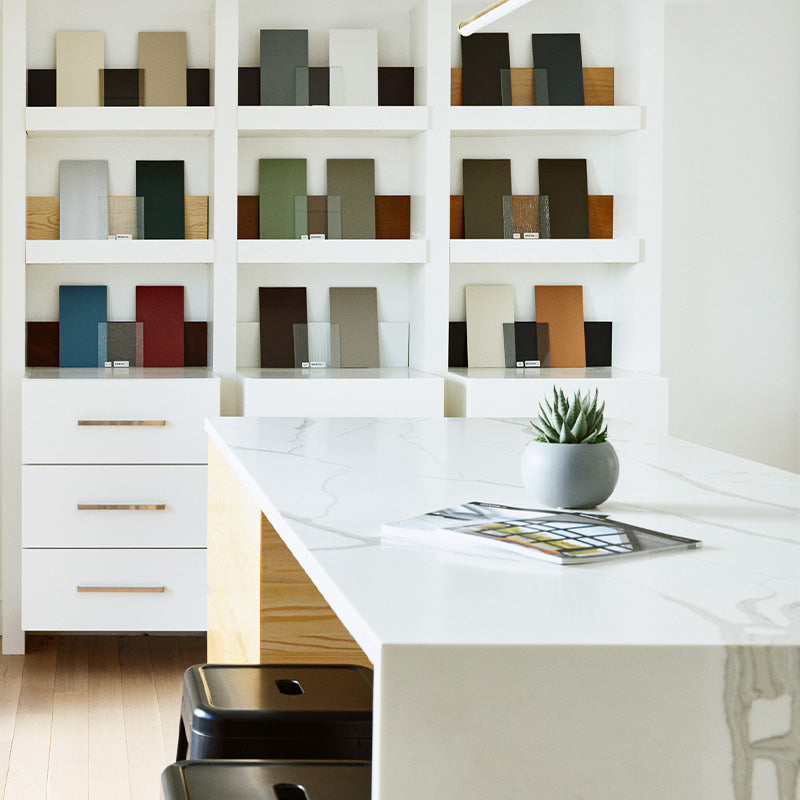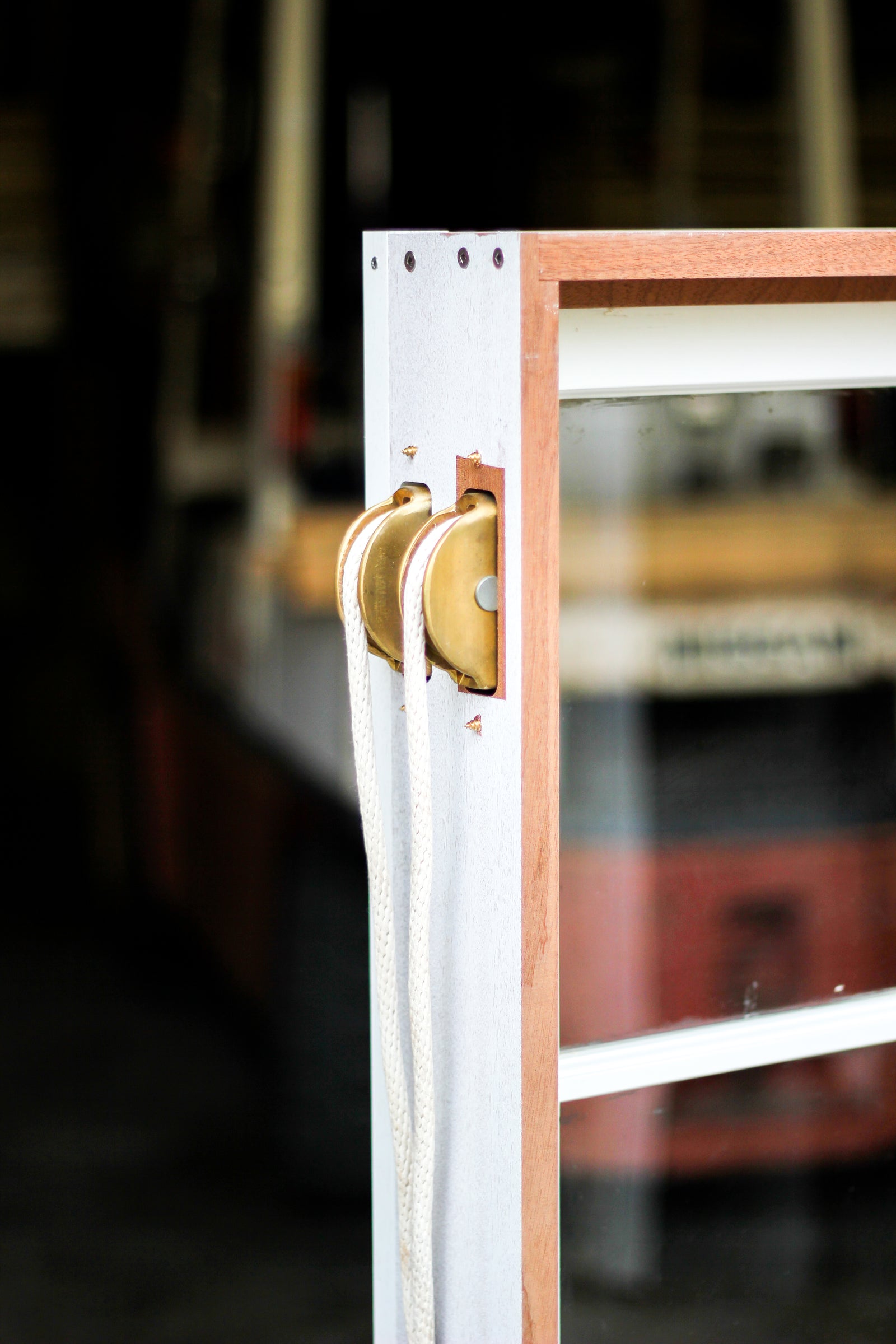Projects
Resources

Window Guide
February 18, 2016 3 min read
Windows can help brighten and define a space like nothing else. Letting in light and air to make a space feel big and bright, or just a little to keep things cozy. Like any element in building or renovating your home the possibilities are seemingly endless. Navigating through the options to find exactly what you want can be a challenge, but the outcome is definitely worth it. There are a wide variety of styles and materials for each room in your home.
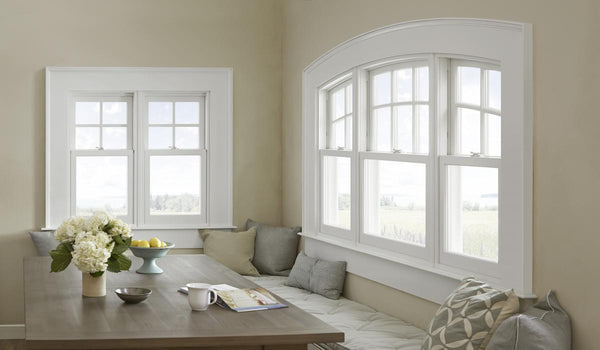
There are many factors in choosing the windows for your home. Some things that come into play are:
- The architectural style of your home
- The orientation of the sun and how much light hits that room
- What does the interior space of your home require? Are you going to be sleeping in that room or are you going to want the light to work at the table.
- Is the window going to be facing your neighbors or the street? How much privacy would do you want from the interior space?
- Could this opening also serve as a door? Patio doors or other glass wall systems might be the best choice.
Window Materials
Wood windows are energy efficient, beautiful and with the right maintenance can be very durable. Maintenance for these windows is key, they will need to be painted or stained, however they can also come with cladding that eliminates the need for this. Wood windows are completely customizable. They are subject to weather conditions and may expand or contract due to temperature and humidity.
Vinyl Windows are more budget friendly than wood windows, offer a good amount of energy efficiency and don’t require continued maintenance. However they don’t last as long as properly maintained wood windows and you are limited in design options. Vinyl is subject to weather conditions and may expand or contract due to temperature and humidity.
Ultrex is a new material and stronger than wood or wood/vinyl composites. Since this material is so much stronger it results in thinner window frames and increased glass surface area (think: better view). They have a higher energy efficiency rating and come with cladding so you don’t have to keep painting or staining them. Ultrex has an extremely low thermal expansion rate, which means it does not expand the way wood and vinyl do with temperature and humidity.
Window Styles

These are the traditional windows you are accustomed to seeing around. With two window panes stacked vertically one (single) or two (double) operable sashes. A sash is considered to be the moveable part, the frame and panels of glass.

Casement windows are hinged on the side and open horizontally, often operated by a crank.
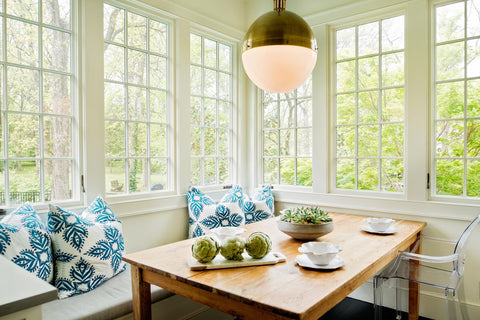
Awning windows are hinged at the top and open vertically.

Hopper
Hopper windows are hinged at the bottom and open vertically.
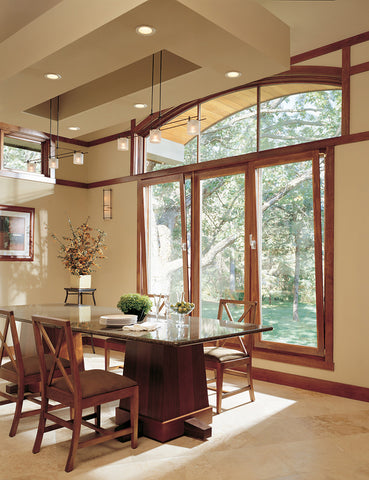
Picture or Fixed windows are non-operable. This means the window and frame are set and do not open, much like a picture hangs on a wall.

Clerestory
Clerestory windows take their name from churches. Clerestory historically refers to the upper level of a Roman basilica, the walls of which rise above the rooflines and are pierced with windows. These are windows located high on the walls to let in light and air, although they are not always operable.

Skylights
Skylight are windows in the ceiling that can let in the light and help with ventilation. These windows are great for stargazing or for maintaining privacy, and still letting the light in, if you live in a crowded area.

Dormers
Dormers are a structural element protruding from the roof. Theses can help add headroom, seating or storage to a room. They also add to the overall aesthetic of your home.
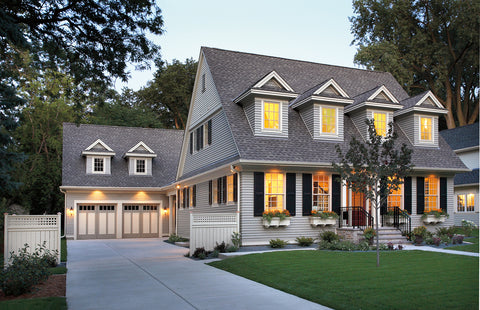
Sidelites
Sidelites are the windows around your door. These panes can help let the light into your entryway, which can often be dark due to having a solid door.

Bay
Bay windows can be a single window or several windows joined together. A bay window protrudes from the house offering expansive views and can provide additional seating or storage on the interior.

Sliding Glass Doors
While not technically a window, it is a good idea to consider this for letting light into your home when connecting to a porch or sitting area. These glass wall systems can offer an unobstructed view and can help connect the indoors with the out.

Leave a comment
Comments will be approved before showing up.
Subscribe Today!
Our goal is to provide you with as much information as possible. Our newsletter is full of tips, inspiration and featured projects. We promise to only send you interesting things and never share your email with anyone else.



